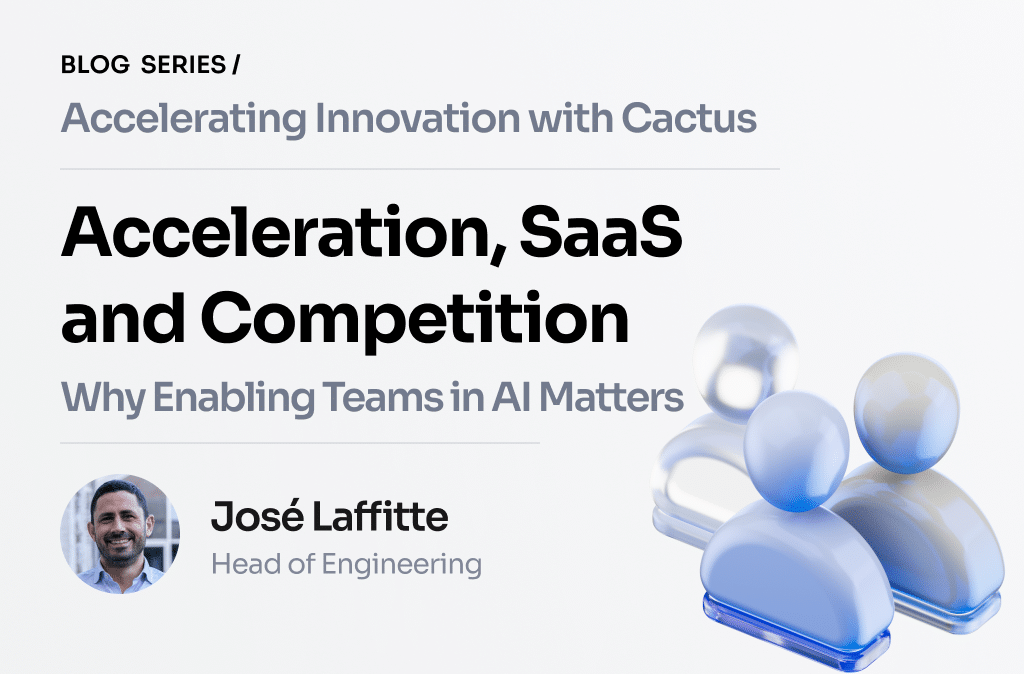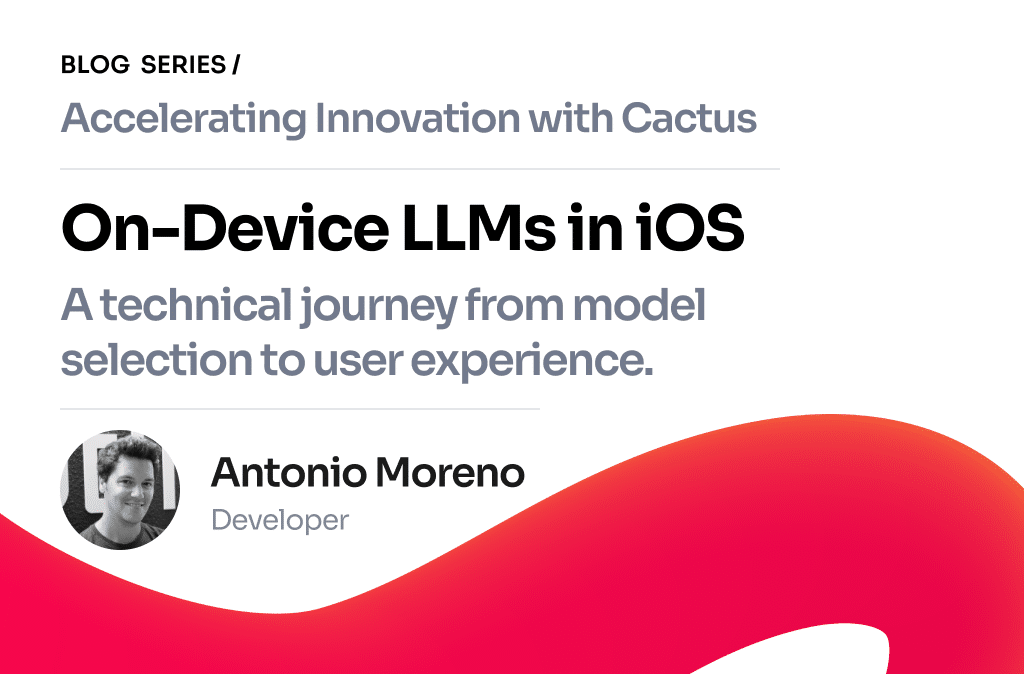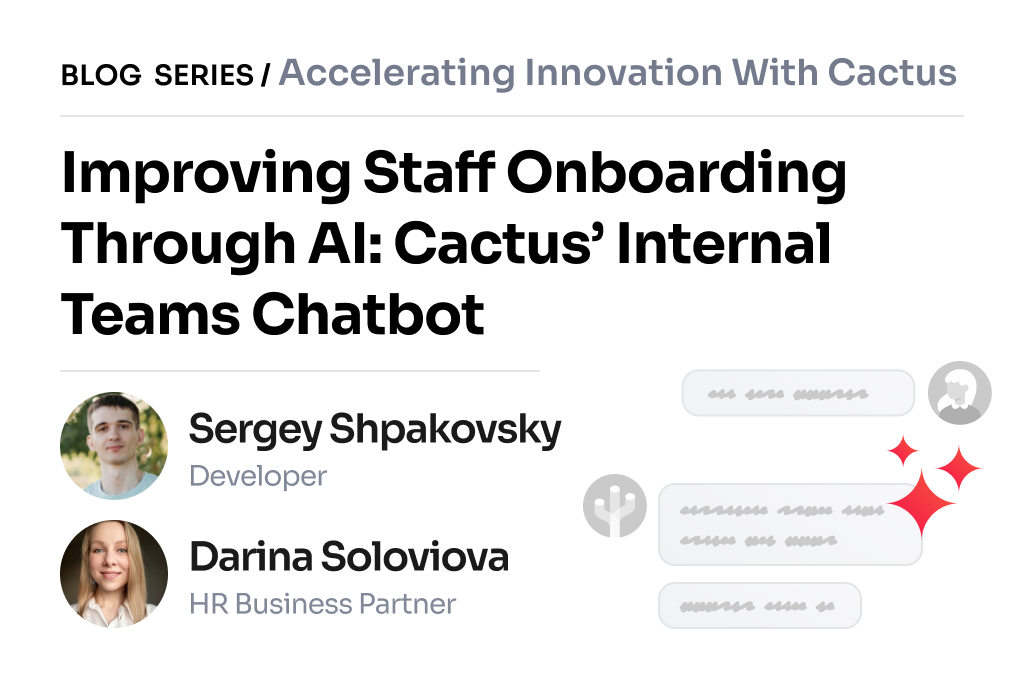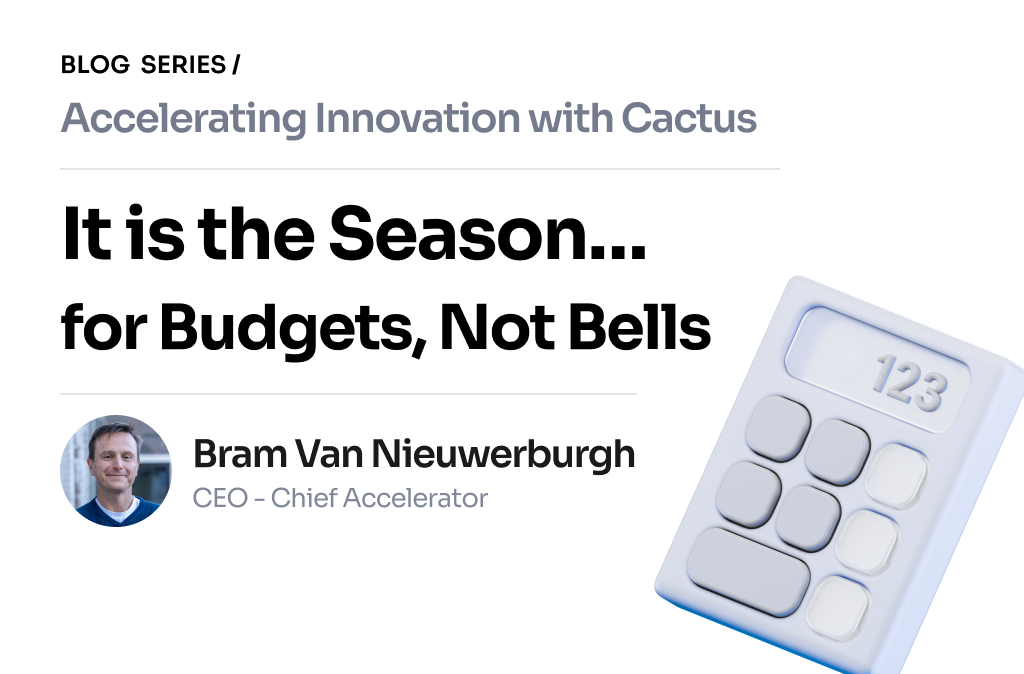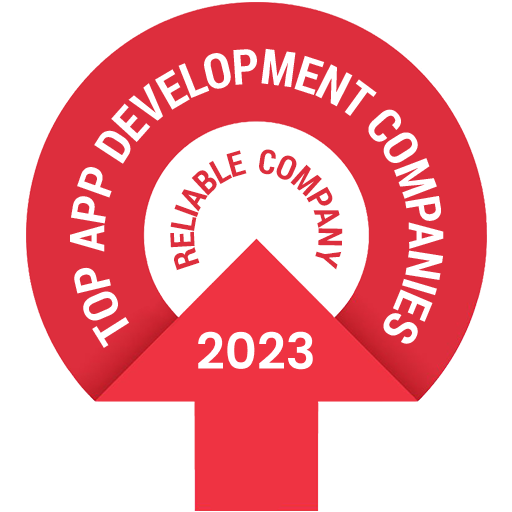The Guide Content
Chapter 1. What is Software Outsourcing and Why It’s Now Not Only about the Price
Chapter 2. How to Сhoose the Сountry, Outsourcing Partner and Business Model
Chapter 3. Let’s Start a New Project: the Set-up Process
Chapter 4. Step 1. Business Analysis and Design Are Key
Chapter 5. Step 2. Software Development: Quality Is a Must
Chapter 6. Step 3. Testing and Support for the Result
Chapter 7. FAQ about Outsourcing Software Development
After you’ve made the final decision and chosen the company and business model you’d like to work with, it is time to move to the planning stage.
Important! If you’d like to keep your partnership and business idea confidential, ask your partner to sign an NDA (Non-Disclosure Agreement) at the beginning of your negotiations. It will guarantee legal protection of your interests and details of the deal.
As a rule, the first person you will work with in the company is your private Sales Manager, who is responsible for the project’s set-up process and collection of primary information. After the information is gathered and the request for a proposal is created, the Project Manager will take the lead.
Let’s go through the general levels covered by the planning stage.
Requirements and Business Needs Gathering
To start the project successfully, the stakeholders must discuss particular business requirements in as much detail as possible and prepare the BRD (Business Requirements Document).
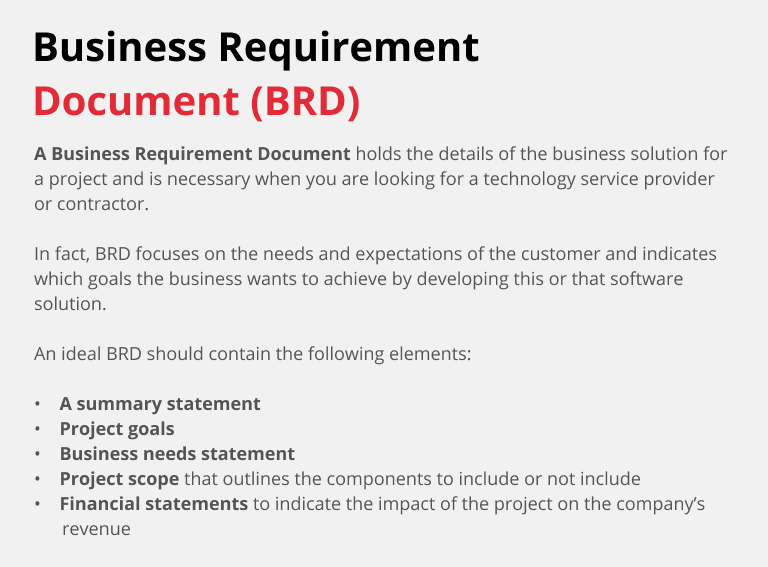
Pre-sale Estimation
According to the prepared BRD, the outsourcing team estimates the time and resources that will be needed for software development. Of course, the final time spent on the project may differ, but the estimate may give you an idea of approximate terms and budgets needed to have the final product ready. Please remember that the team always takes into account possible risks and additional functionality that can appear in the project after the business analysis stage.
The more detailed the business requirements and app components listed, the more precise the estimation will be.
If stakeholders both agree with the estimation and conditions of collaboration, they sign the contract, which protects their businesses from all unfavorable situations that may arise during a partnership.
Sign the Contract
It’s unnecessary to say that drafting a contract is a complex process, right?
Each side involved in a deal must put effort into making an exhaustive contract that covers every possible aspect of the business partnership. However, many outsourcing companies provide their own contracts and discuss the corrections with the customer.
How to Design a Winning Contract
Follow these simple steps to come up with a perfect contract with your outsourcing executor:
1. Precisely define the scope of the work to outsource
It’s the most important part of the deal and at the same time its main purpose. During this first stage, stakeholders must clearly discuss the following aspects:
- which support services and other operations the customer wants to outsource
- service levels and business targets formally agreed at the beginning of negotiations
- work schedules
- tasks with detailed descriptions
- both parties’ responsibilities and required results
As a result of discussion with your outsourcing partner, you should have the following information about the project:
- hourly budget for development of the application to MVP version
MVP (Minimum Viable Product) – is a product with enough features to satisfy the client’s needs and get feedback for future development).
The MVP is…

- the number of phases in which the application will be made
- total hours allocated to be spent in each phase.
2. Review local policies and laws
If you have decided to outsource to a country where you have never done business before, it will be a big plus to check out local investment-related policies, tax laws and other regulations that may affect your business one way or another.
3. Protect intellectual property rights
To eliminate the possibility of any unexpected IP issues, the contract should explicitly provide information regarding the customer’s ownership over intellectual property.
Team Gathering
If you’ve chosen the time–material model of working, you will have no need to interview each team member. The software development provider is fully responsible for gathering the team with the skills that match all your business requirements to complete the work with the results needed.
When choosing the DDT model, you can ask your outsourcing partner to organize interviews with candidates in order to better integrate new people in your own team.

